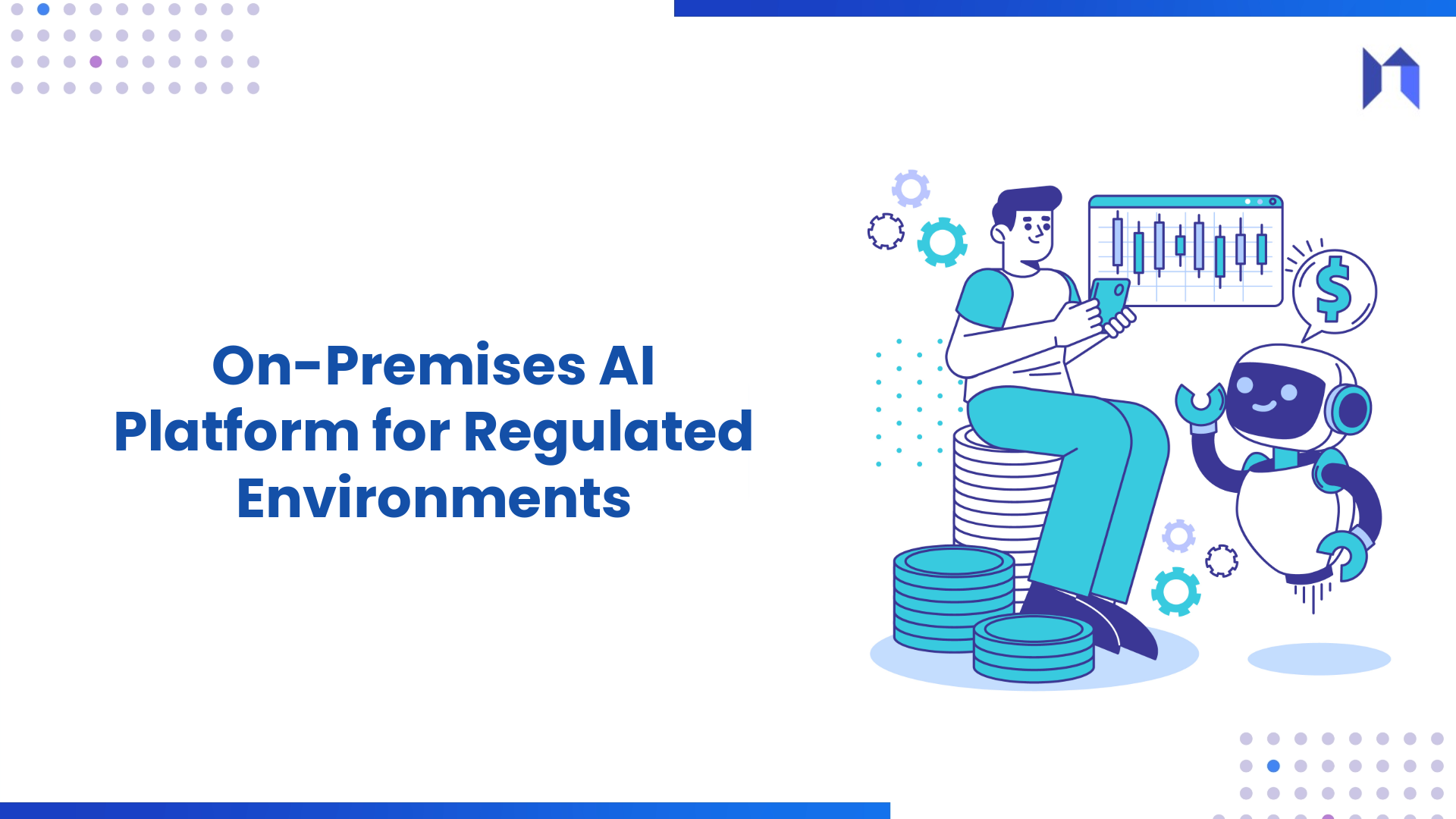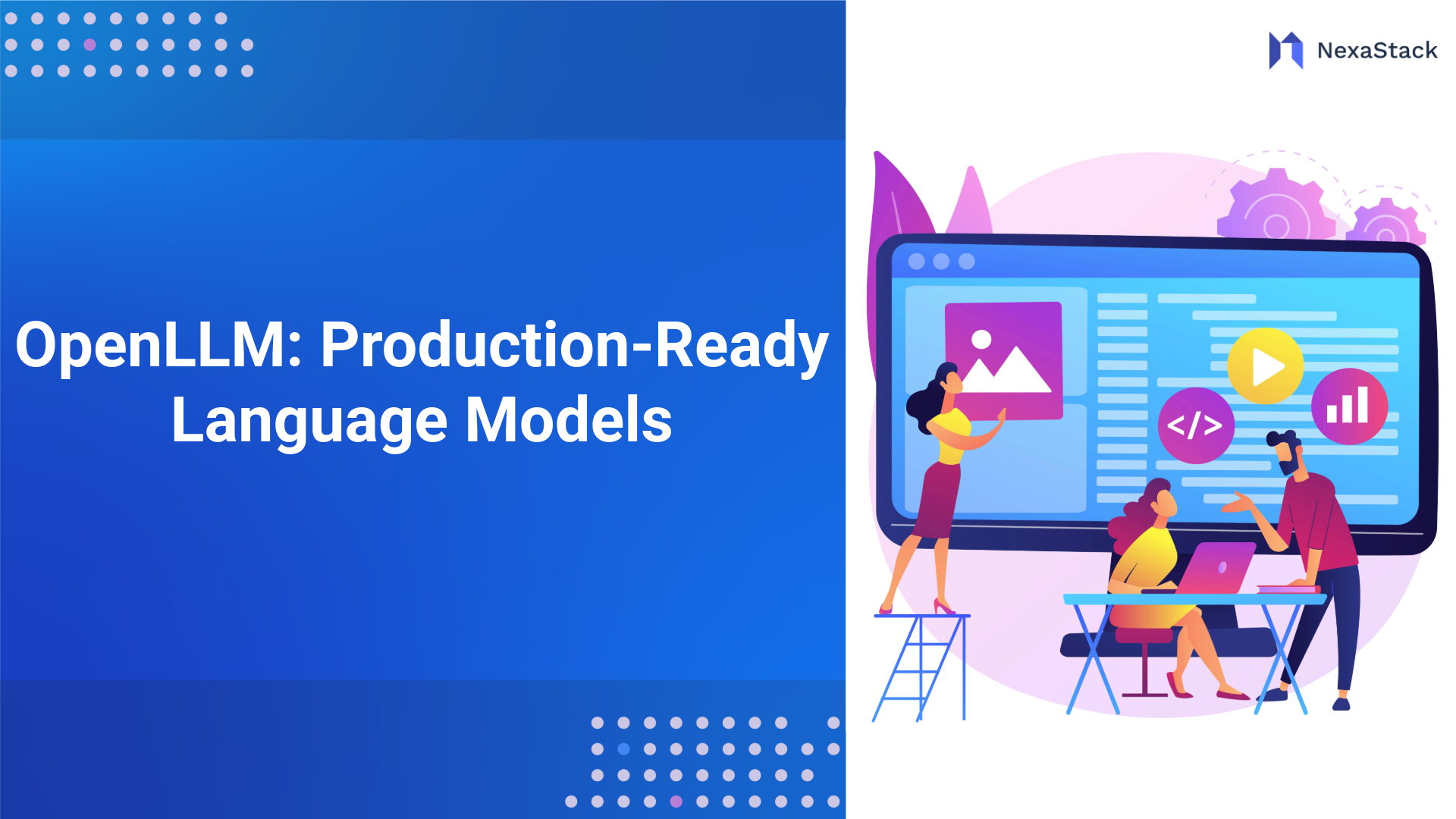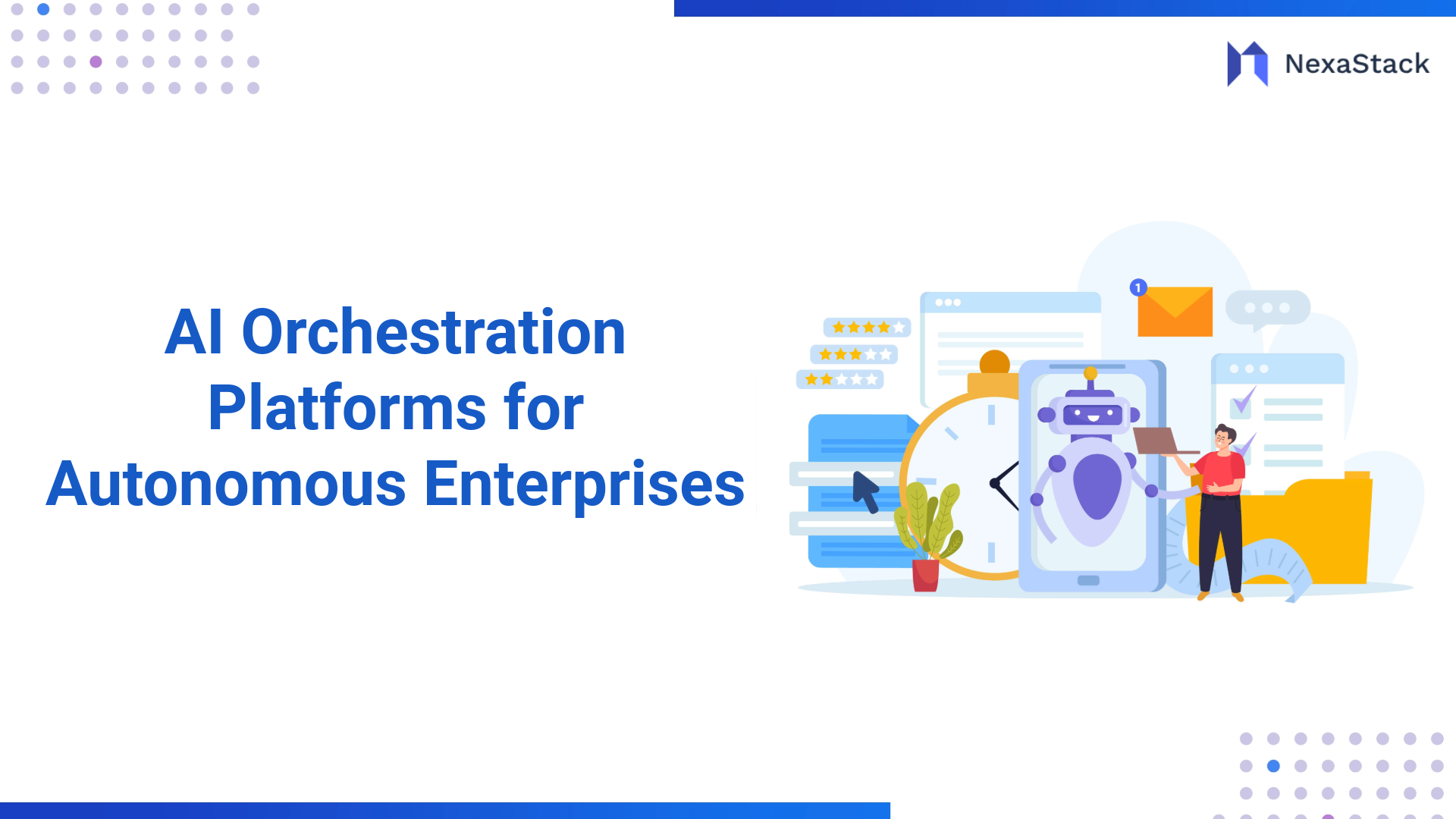Performance Metrics: Measuring Success
How do you know RAG is worth the effort? You measure it. Without clear metrics, it’s just a shiny toy with no proof of impact.
-
Accuracy: Are RAG’s answers spot-on? Ask users to rate or test responses against known answers to see how they hold up.
-
Response Time: Speed matters. If RAG takes forever to reply, frustration sets in. Track how fast it delivers.
-
Usage Metrics: Who’s using it, and how often? High usage in customer service but not in R&D might mean more training is needed elsewhere.
-
Business Impact: Look at the big picture. Has RAG cut customer query times by 20%? Boosted report quality? Tie it to outcomes that matter.
Metrics let you tweak RAG over time and prove its value to the higher-ups. Numbers don’t lie!
Change Management: Ensuring Smooth Adoption
Introducing RAG shakes things up—people’s workflows, habits, even their trust in tech. Managing that change is what makes it stick.
-
Communication: Be upfront about why RAG matters and how it’ll help. Answer the “What’s in it for me?” question loud and clear.
-
Training Programs: Don’t just hand over a tool and walk away. Run workshops or create short videos showing how to use it—keep it practical.
-
Support Channels: Set up a help desk or FAQ page for when questions pop up. A quick fix beats a week of confusion.
-
Champion Users: Find the early adopters who love RAG and let them spread the word. Peer encouragement works wonders.
Good change management turns sceptics into fans and ensures RAG becomes part of the daily routine.
Conclusion of Knowledge Retrieval Excellence
Retrieval-augmented generation isn’t just a fancy tech upgrade—it’s a way to unlock your organization’s knowledge and put it to work. By building a strong Knowledge Architecture, aligning it with Strategic goals, integrating it across departments, securing it with Compliance in mind, tracking Performance Metrics, and managing the Change process, you can make RAG a cornerstone of better decision-making and intelligence gathering.
The magic isn’t just in the tech itself—it’s in how you weave it into your organization’s fabric. With the right approach, RAG can empower your teams, speed up answers, and turn data into a superpower. So, take it step by step, keep it human, and watch it transform your work.






